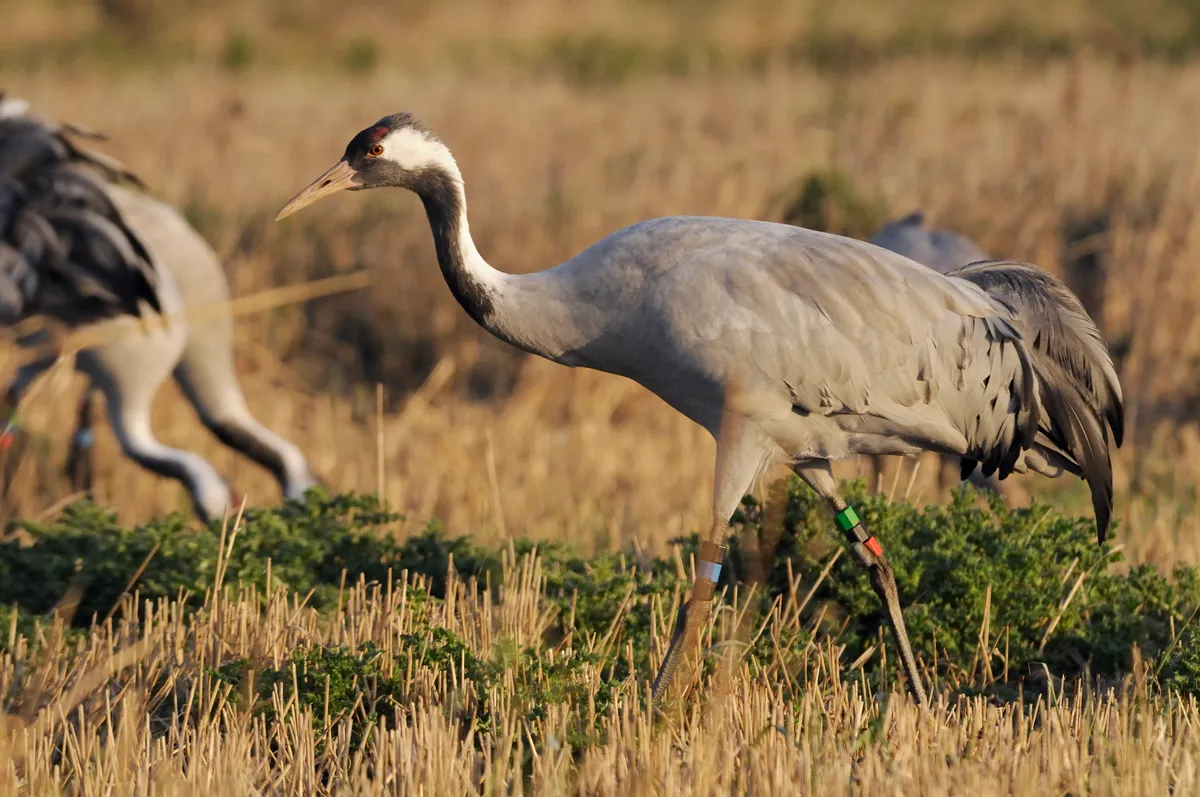The UK's total population of common crane is now more than 200 birds, with the breeding pairs producing 23 chicks last year.
Once common in the UK, wild cranes became extinct around four hundred years ago as a result of hunting and a decline of wetland habitats. At 4ft, the common crane is Britain’s tallest bird and is known for its elaborate courtship dances.
Since a small number of wild cranes returned to Norfolk in 1979, conservation work has been ongoing to restore peatland and wetlands, which combined with a reintroduction programme has seen the population steadily grow.
Stephen Prowse, from the National Trust said: “This is a significant milestone for cranes in the UK. The first wild breeding pair since the reign of Henry VIII was recorded on National Trust land in the Norfolk Broads. Careful protection has allowed their spread to surrounding counties, with a significant breeding population now located in the Broads. With a focus towards more habitat creation in the future, we hope to see the fortunes of these amazing birds continue to improve”.
Cranes have now spread to other areas of the UK, thanks to improved habitat such as at the RSPB’s Lakenheath and Nene Washes reserves.

Most of the population is found in protected sites, with a third in RSPB nature reserves in the Broads, the East Anglian Fens, the Somerset Levels and Gloucestershire.
Damon Bridge, Chair of the UK Crane WorkingGroup said: “The return of cranes to the British landscape shows just how resilient nature can be when given the chance. If we want to see this success continue then these sites that cranes use and need must get adequate protection.”
